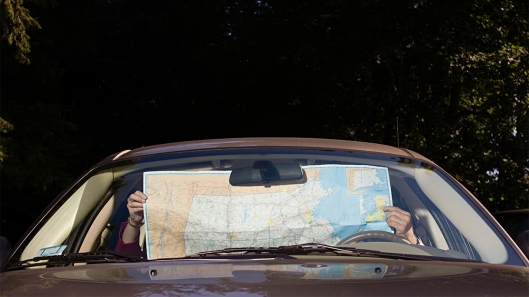Tags
We all have our plans. They do not always pan out the way we think they will. Here is a great take on how it all works together. Kate Northrup is the best-selling author of Do Less and Money: A Love Story. Her digital company helps ambitious women light up the world without burning themselves out. Learn more at katenorthrup.com.
The year 2020 did not turn out as we planned. Unemployment rates in the U.S. are close to twice what they were in February of 2020, and the number of people furloughed is still towering over February averages. Plus, with the profound shakeup of our daily lives, a lot of folks are asking, What do I really want to do with my life, given that everything else seems to be up in the air?
If there’s any beauty that’s come from this pandemic, it’s that we’re reorganizing our priorities to honor what really matters to us. And for many, “career” is top of the reboot list. But letting go of what we always thought we could count on, like a five-year plan, can be painful and leave us feeling like we’re floundering.
Having a plan is one of the best stress-reduction strategies out there. As humans, we crave feeling like we’re in control and that we have certainty. In fact, research shows that a sense of control helps us stave off symptoms of depression and anxiety and can even decrease mortality risk. And the more we crave control, it turns out, the higher achieving we tend to be.
Just because we no longer have the illusion of knowing what our long-term future holds doesn’t mean we can’t still benefit from the stress-reduction — and achievement-enhancing — results of planning. It all comes down to how we look at time and goals.

